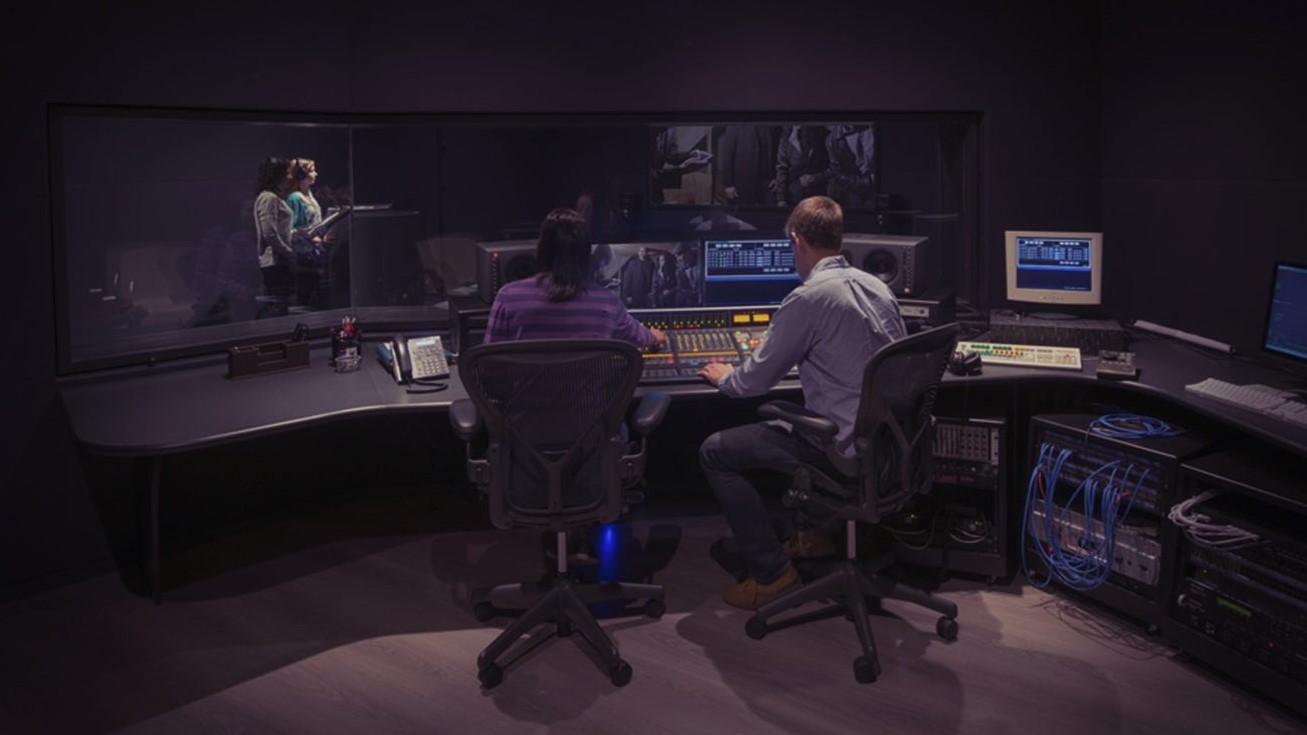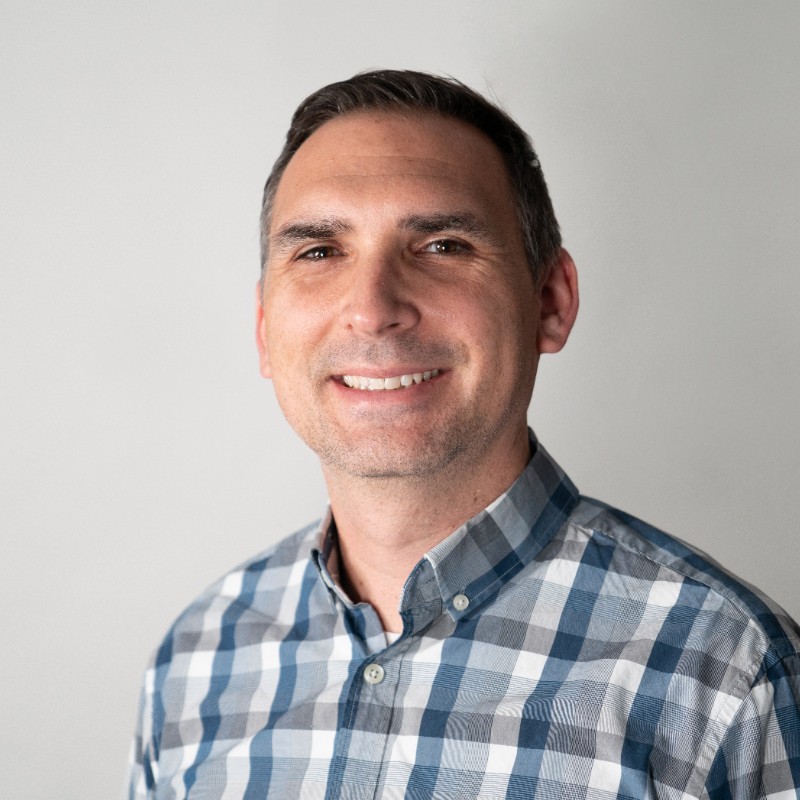Dubbing Demands Shift as COVID-19 Propels Virtualized Workflow
Deluxe EVP Chris Reynolds discusses how dubbing has changed due to the virus and the One Dub solution

Add dubbing for television shows, movies and other entertainment to the list of production workflows impacted by the COVID-19 pandemic.
Working in close proximity is verboten in the age of the virus, so the interaction between voice talent, sound engineers, directors and others in a dubbing studio presents significant challenges—so much so that at least one vendor is offering a new product to virtualize the process.
An email from Deluxe showed up in my in-box about the same time I finally had a chance to watch the season finale of “The Blacklist” on Netflix. The episode was a creative mix of live action shot before the virus brought production to a halt and comic-book-like animation to fill in the missing scenes.
The episode piqued my interest, which led me to finding an article about the production and lengths to which the actors had to go to record their dialog for the animation. That’s not to imply that Deluxe was involved, but the coincidence of my watching the episode and the email led to this Q&A with Chris Reynolds, executive vice president and general manager, Worldwide Localization, at Deluxe.
Deluxe has been offering One Dub, a cloud-based dubbing solution for the past several months. The product virtualizes the dubbing process, allowing talent and production crew to work safely from home while producing professional results.
In this interview, Reynolds talks about how the need to socially distance has impacted the dubbing workflow, the challenges that must be overcome, how standards are maintained while working from home and what One Dub is and does.
(An edited transcript.)
TVTechnology: COVID-19 has prompted major workflow shake ups among M&E organizations. How has the need to social distance impacted dubbing?

Chris Reynolds: The need to socially distance has had a major impact on dubbing. It’s commonplace in many countries to have voice actors in the same room as dubbing directors, sound engineers and others, and there are also group recording sessions that involve multiple voice actors working in very close proximity to each other.
In addition to social distancing, there is a lot of shared equipment and surfaces between recording sessions and actors—microphones, headphones and desks. Dubbing is a very collaborative process and adapting it to keep everyone safe has required space and equipment modifications, as well as new cleaning procedures.
There have been other restrictions in place that make some processes impossible. For example, different areas have travel restrictions that can make it impossible for participants to get to the recording studio. In other cities and regions, there are capacity rules that prevent studios from being able to have multiple actors in the same room.
For all of these reasons, studios have had to partially or completely move to remote recording to keep dubbing moving along.
TVT: What are the biggest obstacles to remote dubbing workflow?
CR: There are a variety of obstacles. The No. 1 obstacle is enabling a collaborative recording experience when participants aren’t in the same facility or room but still need the same level of interaction and engagement. To create the same quality output, it’s important that the roles of voice actor, dubbing director, sound engineer, sound editor and others can be maintained to get the best performance and technical quality possible.
Then there are the technical challenges. These range from the acoustics of the physical environment that voice artists have to work in, to the availability and quality of the equipment they’re using to record, to the security requirements in place for the content they’re working on. Internet connectivity can be a factor depending on the software solution being used.
TVT: How does Deluxe’s new One Dub address what’s needed to support voice actors and others who can’t come into the studio and must work from home?
CR: One Dub allows participants to continue to collaborate and fulfill their various roles through an easy-to-use, secure cloud-based software solution.
Each participant can log into the virtual recording session with access to secure streaming video and script, full-quality uncompressed audio and near-instant ability to collaboratively edit and review each line and take. No software needs to be installed as it’s all browser-based. While it does require internet connectivity, it’s been optimized to work even when connection speeds are below the recommended requirements.
Our new Session Sync feature allows all participants to sync their browser to the sound engineer’s so he can control the transport, playback and recording functions for the voice actor and director.
Once the recording session is complete, it enables easy export into formats supported by all industry-standard Digital Audio Workstations (DAWs).
TVT: One Dub is rather new. Has it begun to take hold among dubbing studios?
CR: More than 1,000 recording sessions have been completed on One Dub over the past four months. Many more are scheduled. The projects range from streaming originals on the industry’s leading SVOD platforms to broadcast series and even specific actors for theatrical feature films, so it’s very wide-ranging. We license the product to dubbing studios, and have users in over 14 countries across multiple languages.
TVT: Do these folks generally have what it takes in terms of technology and a soundproof room to work from home? I’ve seen some interviews where actors doing voice work say they get into closets to do their parts in an acoustically acceptable environment.
CR: Very few voice actors have professional recording environments, but that’s not absolutely necessary to produce a satisfactory recording. It’s important to recognize that the dialog in original version content is not often recorded in controlled acoustic environments, so even in someone’s bedroom you can do some basic things like turning off ceiling fans, closing windows and hanging up blankets to dampen the sound enough that you can get a very controlled response through an appropriate microphone. Others use closets or record in vehicles parked in garages, as do many voice-over artists and podcasters all over the world.
There are products available that can wrap around a microphone to block out unwanted reflections and other sounds, and even boxes that can be put on a stand for an actor to stand up in and have their entire upper body surrounded by sound insulation. In practice, we’ve found that most people prefer the simpler solutions like hanging blankets or finding a quiet room or closet.
TVT: What’s the typical One Dub setup? Can multiple voice actors in a scene work together remotely? Is latency too great to allow that?
CR: The current version of One Dub only allows one person to be able to record themselves at a time, but that doesn’t prevent having multiple people involved in a session. As the system is based on AWS and syncs the audio to each user’s timeline directly after each line is recorded, the interaction isn’t completely dependent on the latency during the live recording itself. Everyone hears the performance as it's happening, but immediately after each line is recorded the full resolution audio is transmitted to each user’s session where they can immediately play back what was just recorded in sync to picture in their own browser. This can be controlled by each individual, or they can simply sync to the sound engineer who can control the transport and playback each line so everyone can see it in sync and make accurate judgments, just as is typically done in the recording studio.
We are working on being able to allow multiple people to record themselves into the same session simultaneously as opposed to one at a time, but that will be in a future release.
More information about One Dub is available on the company’s website.
Get the TV Tech Newsletter
The professional video industry's #1 source for news, trends and product and tech information. Sign up below.
Phil Kurz is a contributing editor to TV Tech. He has written about TV and video technology for more than 30 years and served as editor of three leading industry magazines. He earned a Bachelor of Journalism and a Master’s Degree in Journalism from the University of Missouri-Columbia School of Journalism.

